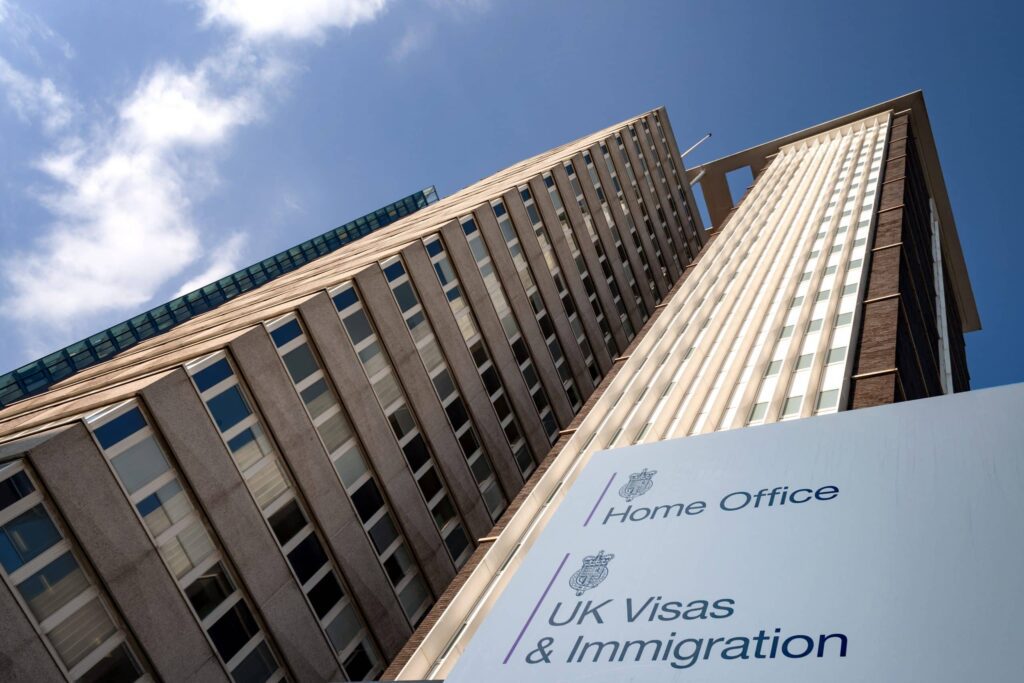On 1st Dec 2020, the Tier 2 Visa was replaced by the Skilled Worker Visa. The Skilled Worker route allows you to come and work at an eligible job in the UK with an employer approved by the Home Office.
Although there are some similarities between the Tier 2 route and the Skilled Worker route, there are also some significant differences. Let’s discuss 7 of them.
- Skill Threshold is lowered
Under the Tier 2 route, applicants needed to have a job offer for a job at RQF Level 6 or higher which is equivalent to a degree level.
Under the Skilled Worker route, the skill threshold is lowered to RQF Level 3 which is equivalent to A-Levels.
- Salary Threshold is lowered
Employers who are sponsoring workers are required to pay them an amount which is equal to or more than the general salary threshold and the ‘going rate’ of the job, whichever is higher.
Under the Skilled Worker route, the general salary threshold is reduced from £30,000 to £25,600 per year. The salary is assessed based on the guaranteed basic gross pay.
Note, however, that some workers, who are awarded ‘tradable points’, may be paid less than what is mentioned above. For example, someone with a PhD qualification can be paid £23,040 per year and 90% of the ‘going rate’ for the job.
- Criteria for New Entrants is Widened
With the Skilled Worker route, a person can be sponsored as a ‘new entrant’ in any of the following scenarios
- They are 26 or under when the application was made
- They have a student visa (or had it in the last 2 years) and have completed a UK bachelor’s or master’s degree or have been studying for at least 12 months toward a UK PhD
- They are being sponsored for postdoctoral research positions or are working towards professional qualifications or chartered status
- They are switching within the UK from a Tier 1 Visa
- ILR Salary Threshold is lowered
Under the Tier 2 route, the ILR salary threshold was £35,800. A sponsored employee could work towards settlement if he was getting at least £35,800 per year as salary.
Now, under the Skilled Worker route, the ILR salary threshold is lowered to £25,600. Even with a salary of £25,600 or higher, a sponsored employee can work towards ILR.
- Cap is suspended
The monthly cap applied to the Tier 2 visa does not apply to the Skilled Worker visa. So, there is no longer a cap on the number of people who can enter and work in the UK under the Skilled Worker route.
This adjustment will reduce the time of sponsoring process by up to 4 weeks.
- Resident Labour Market Test is Abolished
Under the Skilled Worker route, the applicant no longer needs to take the Resident Labour Market Test.
For employers in the UK, this is one of the most welcomed changes. It will further reduce the sponsoring process by 4 weeks.
- ‘Cooling off period’ and ‘length of stay’ requirement is removed
Previously, those applying for entry clearance had to be a Tier 2 migrant for at least 12 months. Also, there was a requirement that the employees spend a maximum of six years in the route.
However, with the Skilled Worker route, there is no restriction on when the application can be made and no requirement for length of stay. The 12-month cooling off period and the 6-year maximum length of stay in the route is removed. For more insight on this subject, please get in touch with our immigration experts at Aristone Solicitors.



